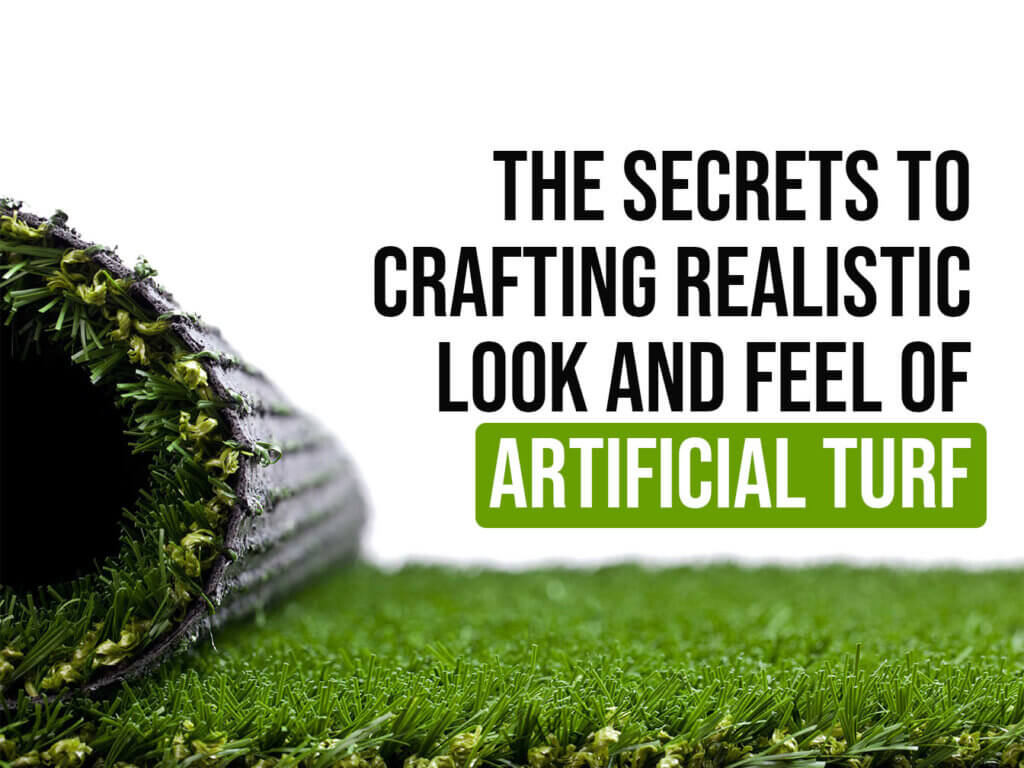The Realistic Look and Feel of Artificial Turf in Atlanta: How It’s Achieved

Artificial grass has come a long way from the days of astroturf and bright green carpeting. Modern technologies allow artificial grass to closely mimic the look and feel of natural grass, right down to the blades. As an Atlanta homeowner considering artificial grass, understanding how manufacturers achieve this realism can help you appreciate what makes today’s products so convincing.
The Role of Grass Blade Shapes and Technologies
The shape of artificial grass blades plays a key role in mimicking different types of real grass. Manufacturers use different materials and production methods to achieve precise shapes and looks. Here are some examples:
Flat and Ribbon Blades Replicate Bermuda and Zoysia
Flat, ribbon-like grass blades are designed to replicate low-pile grasses like Bermuda and Zoysia. These blades are usually 1.5-2 inches long with thin widths to capture the dense, fine-bladed appearance of these grasses.
These blades use polyethylene or nylon and are either slit-film or monofilament. Slit-film blades are cut from sheets of synthetic material. This process allows for accuracy in the blade width and shape. Monofilament blades are extruded from liquid polymers into individual strands. Monofilament grass blades look and feel more realistic but are typically more expensive.
C-Shaped Blades Mimic Fescue and Ryegrass
C-shaped blades better imitate taller bending grasses like fescue and ryegrass. The curves add rigidity for upright blades while still allowing the grass to gently sway and recover when stepped on. C-shaped blades vary from 1.5-3 inches long to replicate different grass lengths.
Special manufacturing techniques give the blades curved sides and visible veins for extra realism. The C-shape also creates shadows down the curves of the blade to appear more natural. These shapely blades flow in the wind and capture the natural beauty of real fescue and ryegrass.
Additional Realism Factors
Beyond blade shape, several other elements come together to complete the realistic look and feel of artificial grass:
Varied Blade Heights
Producing synthetic blades in different lengths replicates newly mown grass in areas allowed to grow taller, just like real grass. Blades within the same turf system can vary by over an inch to mimic this natural diversity.
Multi-Tone Colors
Multizle color tones are blended within the blades to avoid a flat, uniform look. Varying hues of green, along with small amounts of tan, gold and brown fibers add depth for greater realism. These color variations replicate how real grass contains blades in different stages of growth and health.
Artificial Thatching
To mimic clippings and organic debris in real grass, add short tan or brown thatch fibers between blades. Thatching breaks up solid green hues and creates shadows for a textured appearance.
Infill Materials
Infill materials like sand and rubber support upright blades and replicate soil. This also provides cushioning that makes walking on artificial grass feel more natural. Infill settles around grass blades to improve realism while also keeping them standing.
Artificial Grass Realism Keeps Improving
New artificial grass technologies create stunning replica grasses that perfectly mimic your desired grass type and landscaping style. Discover how affordable a luxurious synthetic lawn can be for your home with Atlanta Artificial Grass – contact our team today at 470-868-4790 for a free quote or to schedule a free lawn consultation.
